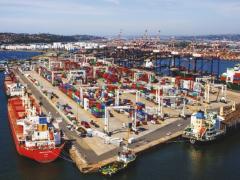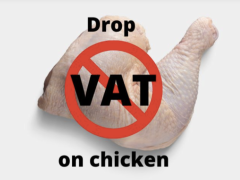Amid a spiralling risk of loss or damage to goods in the global supply chain, lockdown has seen a move away from the theft of higher-value, more easily traced goods, such as electronics and domestic appliances, to food and drink commodities that have had a ready market.
That’s according to insurance provider TT Club which points out that thieves have exploited congestion in the supply chain that has increased the use of temporary warehousing and storage sites that are not always as secure as established premises.
“The current freight transport environment features higher-than-normal volumes of cargo movement across all modes on land, sea and air, as well as significant disruption to well-established routings and methods of transport,” says Mike Yarwood, TT’s managing director, loss prevention, who is hosting a series of podcasts to draw attention to the variable and complex nature of these risks and offer increased guidance on loss prevention.
“Added to these facets are increased inventories of certain goods at many locations and more subcontracting activity, potentially employing less-reliable entities. All these factors allow well-organised criminal organisations to exploit security weaknesses along the supply chain.”
An investigative specialist points out that organised crime has never been so organised.
“Much cargo crime is perpetrated by well-oiled business-like machines that target goods that are in market demand and easily converted into cash. They are well-informed and adapt quickly to new transport trends, spotting opportunities with intelligence and resource.”
In the latest series of its podcasts, risk management experts will discuss current trends in criminal activity that target cargo in transit and storage. The six episodes cover such aspects of the problem as fraud, the insider threat, theft strategies, secure parking for vehicles and the targeting of depots and warehouses.
All the new episodes, along with those from Series 1, and the extensive library of written advice from TT are available as free downloads on the insurer’s specially designed Supply Chain Security webpage.













